The Rodding Process
One of the most common therapies for people with Osteogenesis Imperfecta is rodding, or surgical procedures where metal rods are inserted inside the long bones for strength. One of the major issues people with OI have is that their long bones (arms and legs) develop abnormally and are often bowed. When they don’t grow straight, they are weaker and usually break over and over again where they are bent. I can’t tell you the number of times I broke my forearm before I got my rods. There was a point in my life where one arm or the other was broken all the time. And sometimes both of them were broken at the same time!
I got my legs rodded, one after the other about a month apart, when I was four. Before they were rodded, something as simple as catching my toe on a button hole would break by tibia. I have a friend that freaks out every time I explain the rodding process, so, you know who you are—if you’re reading this, skip the next paragraph! Ha!
Basically, when a bone is rodded, the surgeon cuts the limb open, removes the muscles, tendons and nerves from the bone, and takes the bone out of the body. They then cut the bone (thus breaking it) in several pieces and thread it onto the rod. They then fill in any cracks with bone and bone marrow from the bone bank and stick the now straight bone back in the body. They reattach everything and then stitch it up. The process usually involves breaking the bone between five and eight times, which is pretty much as uncomfortable as it sounds. It’s a tough recovery with a lot of physical therapy, but when it’s all said and done, the bone is MUCH stronger. Also, the rod does not allow the bone to displace when it breaks. In other words, the bone can’t come apart in two pieces if it’s threaded on the rod when it breaks, it can just crack or fracture around the rod. Cracks and fractures heal much quicker than full-on breaks.
When I had my legs done, I was the youngest, smallest person with OI to have telescopic rods inserted in my bones (at least in the South). My mother fought hard to have my doctor use telescopic rods because they would grow with me and would never have to be replaced. However, it was unheard of to use telescopic rods in someone as small and young as I was, and my doctor was reluctant to say the least. My mother is tough though and incredibly persistent, and eventually got her way. The sterile stainless steel rods are custom made with my measurements. My first surgeries ended up being sort of pioneer procedures and earned my orthopedist some serious kudos in his field. He’s a great doctor regardless, but these surgeries definitely gave him some points!
It was a hard recovery with a half-body cast but 100% worth it. And because my mother pushed to have them done when I was so young, I healed much faster than I would have as an adult. My left arm was later rodded when I was seven, but the bones in my arm were too small to use telescopic rods. I have since grown out of the rods that are in there, and my bone is growing crooked again. However, it doesn’t really hurt unless I hit it on something wrong (kind of like hitting your funny bone) so for now we are just leaving it as is. My arm has the potential to break a little more easily, but knock on wood, so far so good.
The main reason we have opted not to redo the rods in my arm is that my arm rodding surgery was incredibly difficult. Due to the bones being so small and so soft, the surgery, which should have been no more than six hours, ended up being ten and a half. There were a lot of complications not just during surgery but after as well. I had issues recovering that left me with long term breathing problems. Basically, no one wants to put me under anesthesia again for a major surgery unless it is absolutely necessary. That’s why I never had my right arm done at all, and it definitely had a higher breaking rate than my left arm for a long time.
As hard as the recovery from rodding surgery is and as many complications as I had during my arm surgery, it’s been 100% worth it. As soon as I got my rods, my breaking rate decreased dramatically, and I wasn’t having debilitating breaks of my long bones nearly as often. My rods do cause me some pain occasionally, particularly when they get cold, but the advantages greatly outweigh the disadvantages. If I could give any parent with OI some advice, it’d be that if you’re thinking about having rods put in your child, get them done as early as you can get a surgeon to do it. The recovery is easier the younger the kid is, and honestly, they’ll only remember bits and pieces of the process when they’re older. There are only a few snippets I really remember from all of my surgeries, and I think that’s a good thing. Because I was so young, the surgeries didn’t really affect my social life or school life in the long run, and even though I know I had a good bit of pain, I don’t really remember it. It’d be much more difficult for me to have a surgery now as an adult with work and actual responsibilities. I’m so glad my mother was smart and stubborn enough to advocate for me as a kid!

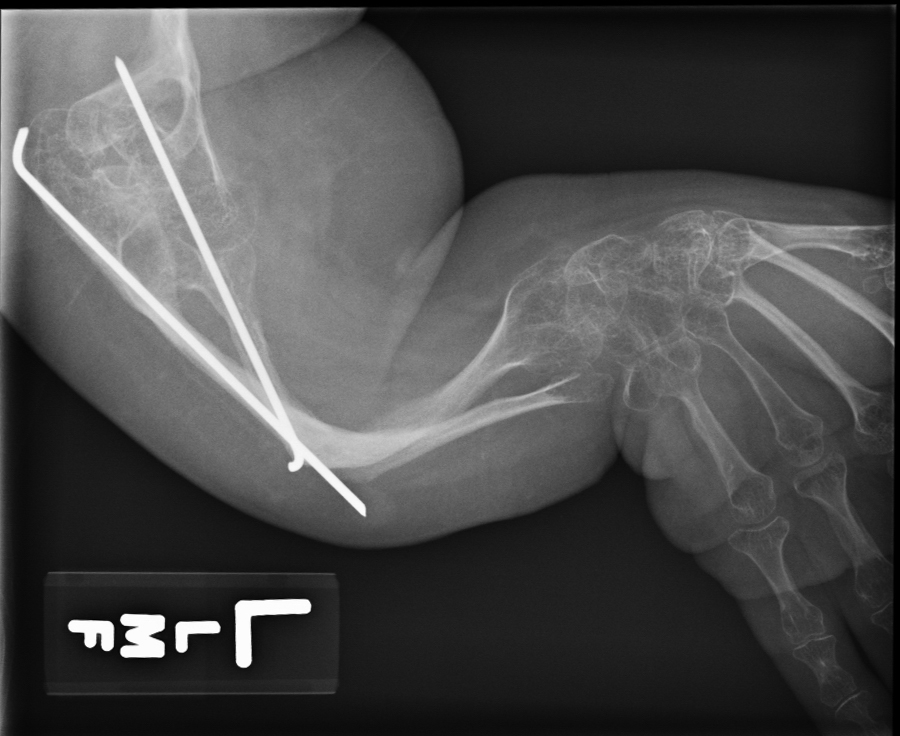
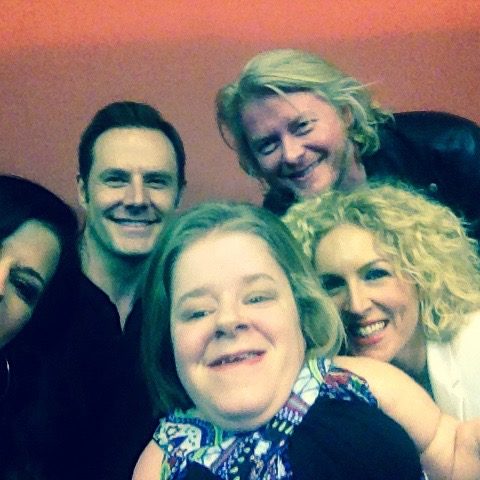
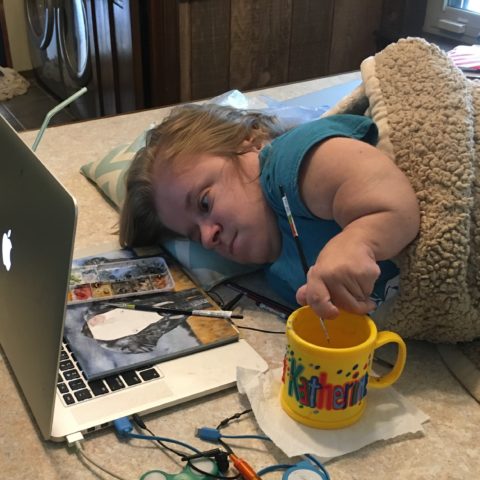
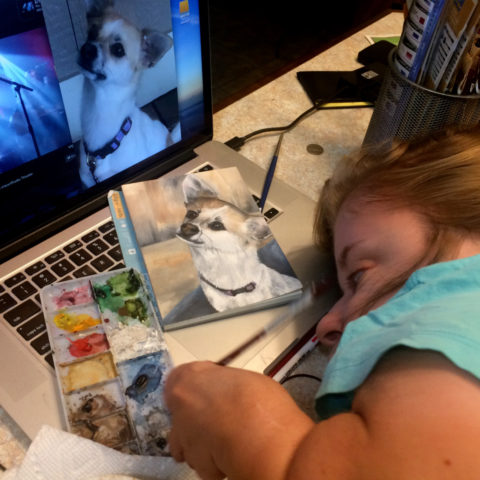
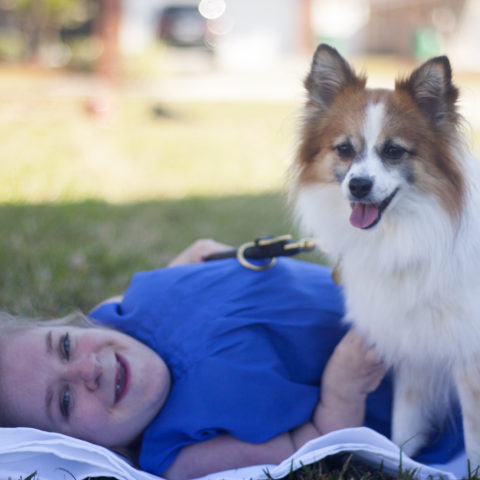
Raoul Rodríguez
Dear Katherine:
What a beautiful report about
your lifelong treatment of O I
I am very proud of you
I was and am privileged to be your Doctor
Sincerely
Raoul Rodríguez